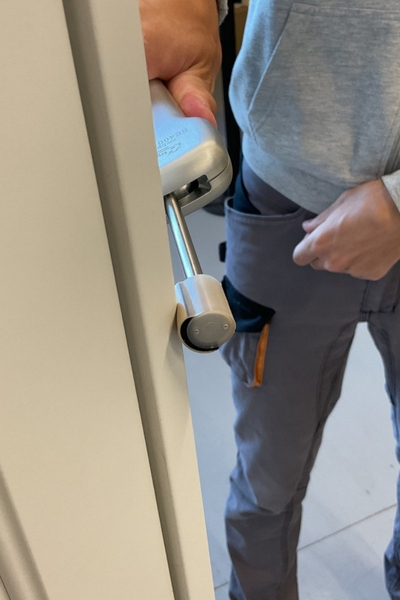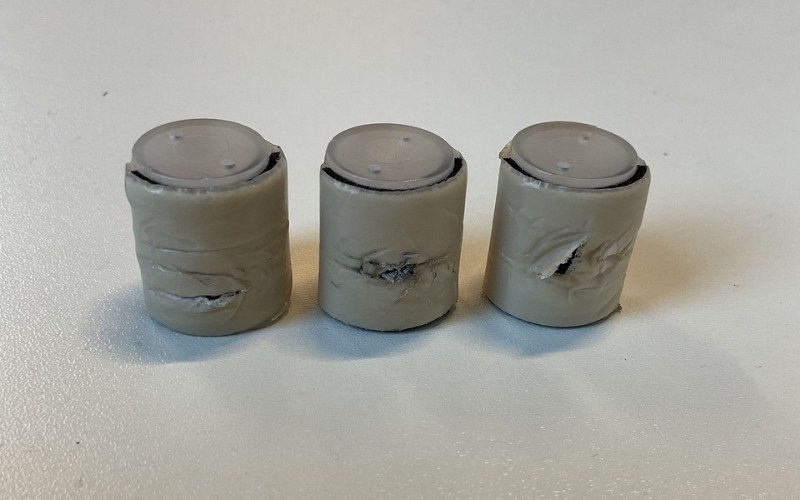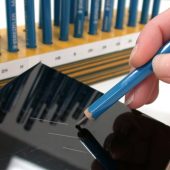Functionality and aesthetics. These are the main requirements for a piece of furniture. Unfortunately, however, we are not always talking about furniture that has been made in a workmanlike manner or, at least, made with the utmost attention to the danger, however small, that even the smallest of its components can create.
One can – for example – make the mistake of underestimating the presence of a hole in which a finger could get stuck, rather than the presence of heavy elements or moving parts that could even cause the crushing of a person or part of his body.
Even edges, if not been properly rounded, can cause scratches, abrasions and even deep cuts. The weaker persons, children and the elderly, are of course the most likely victims; but adults can also experience similar unpleasantness.
Safety has always been one of the main focuses of standardization and the subject of “sharp edges” is dealt with in all European standard documents concerning furniture, whether for domestic use (EN 14749) or for non- domestic use, or for office storage and community places (EN 16121). These standards require that all “accessible” parts of a piece of furniture, with which a person may come into contact, must have rounded edges and vertices.
It is therefore necessary to verify that this potentially dangerous situation does not exist, but the standard does not indicate how to “measure” it, in order to avoid assessments that are little more than subjective.
On this front, Catas has always deployed the experience of its technicians who, in addition to participating in the tables where these standards are defined, compare themselves daily with other institutes in Europe and around the world, so that they can objectively aligned their assessments.
In recent years, however, Catas has decided to conduct a study to define an objective system for assessing and measuring the risk of injures that a “sharp edge” can create, moving on two levels: people’s perception of the danger and the validation of a laboratory instrument that can objectively measure whether an edge is sharp and how much.
The tests carried out firstly established that most people consider edges and vertices of panels with a radius of curvature of less than 0.6 millimeters to be “sharp”.
It should be noted that in industrial edgebanding processes, “edge scrapers” are generally not activated in the presence of edges up to 0.5 or 0.6 millimeters thick.
The second part of the project involved the laboratory implementation of an instrument that emulates a person’s finger, an “artificial finger” equipped with a spring system that allows to apply a known force to an evaluation pad that simulates human skin. Well, by sliding this “roll” over the edge of a piece of furniture, exactly as if it were the finger of a hand, it is possible to detect whether the furniture is more or less dangerous. In a word, whether or not it cuts our “false finger”.
The comparison between the two phases of this research made it possible to establish a precise correlation between the values collected, demonstrating how the instrument developed by Catas gives a “measure” of the actual dangerousness of an edge, providing laboratory technicians with a way of assessing the dangerousness of an edge or a vertex of furniture by applying a reliable, objective, repeatable and reproducible criterion.














